The Migratory Life of the Salmon
A little while ago I wrote a post highlighting The Great Wildebeest migration, there are however a number of migrations that can be considered incredible so I figured i'd write about one of those, this post will cover the life cycle of the Salmon, specifically Anadromous (Fish that swim upstream to spawn) species of Salmon that spend numerous years out at sea, only to return to their birth place to complete their life-cycle.
Early Life in the River
All Salmon begin their lives in the turbulent freshwater Rivers of various territories throughout the Northern Hemisphere, the eggs are laid in gravel beds normally located at the upper reaches of rivers and streams.
These gravel beds are the spawning grounds for the Salmon and eggs will only be laid at these locations. The embryos within the eggs face few threats of predation within these spawning grounds, as such most eggs that are laid in a healthy condition will hatch.
After a period of 2-6 months the eggs will hatch and from the egg tiny larvae known as Sac Fry emerge. The Sac Fry emerges from the egg still attached to the Yolk which they will require for food, they will stay hidden within the gravel-bed until they have devoured the remaining yolk, at which point they will be required to emerge from the gravel and find food for themselves.The baby Salmon are now known simply as Fry and will feed on Planktonic matter until they have grown to a larger size, this stage normally lasts until the end of the summer season, at a larger size the Salmon are now Juveniles, better known as Parr.
The Parr are large enough to begin feeding on small invertebrates such as Insects and Crustaceans, the Parr are visually appealing, adorned with a series of spots and vertical bars across their body, this helps them blend with their surroundings which results in them being adept hunters in the river environment, the Parr stage can last for up to three years, after which they are ready to enter the open Ocean.
Life in the Ocean
It might not make sense to most people why the Salmon would choose to exit the relative safety and fortitude of the River, but it is necessary, were the Salmon to stay within the River they would likely decimate their food sources as Salmon numbers would skyrocket, the open Ocean does not have this issue, therefore it is the most logical next step for the Salmon.
The Salmon in their Parr phase are not capable of simply swimming in to the Ocean however, and their body will be required to undergo several physiological changes before the Salmon is able to survive in a saltwater environment, the Parr lose the camouflage that made them feared hunters of the riverbed and generally develop a uniform blueish colour across their body, in the deep ocean spots and stripes are of course not required to blend into the abyssal backdrop.
To survive in Saltwater the Salmon will be required to adjust its osmoregulation, or simply put its ability to maintain its stable condition within a surrounding fluid, in this instance, saltwater. During this phase the Salmon is referred to as a Smolt, the Smolt will spend several weeks living within the brackish waters at the point where the freshwater rivers meet the Ocean.
The Salmon then heads out in to the open Ocean where it will drink on average 7-8 litres of Saltwater per day to achieve Osmoregulation, you’re probably thinking, “it’s a fish, it’s surrounded by water, surely it drinks constantly everyday?”
This is a common misconception in fish, the fish will only drink the amount of water it requires to achieve an Osmotic equilibrium, for the Salmon they drink very little in freshwater, but are required to drink large volumes of water daily in a saltwater environment, the Salmons specially adapted Gills work to remove Salt from the water and ensures the Salmon doesn’t take in a constant influx of salt, as such the Salmon reaches a close to perfect equilibrium of water/ion retention.
The Smolt eventually grow to larger sizes often exceeding 75cm in length depending on the species, at which point they are considered Post-Smolts / Adults, they will congregate in large groups and begin to migrate to deep-sea feeding grounds where they will spend up to four years of their life hunting a variety of small fish, squid and invertebrates.
Though it’s not until they reach sexual maturity that their true journey begins, as they embark on one of the greatest migrations on earth.
There’s no place like home
The Salmon are now at least 7 years of age and have spent the previous 3-4 years travelling over incomprehensibly large distances in search of bountiful feeding grounds, but something is changing within them, they have developed a primal need to reproduce and begin to return to the freshwaters from which they were born.
So, the Salmon needs to begin directing energy to the use of white muscles, as well as the production of Sperm/Eggs. Luckily the Salmon has evolved a specific mechanism that will Trigger at a certain event, as the Salmon reach the low salinity/high nutrient brackish waters the two metabolic changes take place and the Salmon is now perfectly prepared for the journey ahead.
They also undergo several morphological changes when entering a low salinity environment, their colouration significantly darkens and may also change from a blueish hue to a more pronounced mixture of colours. The Males also become sexually dimorphic and adapt canine like teeth and curved jaws that resemble hooks.
Changes aside the Salmon are now ready to embark on their journey upstream, most Salmon will return to the very gravel beds from which they were born, researchers have speculated that the fish are able to locate these areas through their highly adapted sense of smell, it is thought that Salmon are capable of detecting minute changes in smell and can recall environments they inhabited during the Smolt phase, in fairness it would have been impressive enough just being able to find the mouth of the river they came from, let alone the exact stream, especially after travelling for tens of thousands of kilometres over a period of many years.
The final hurdles
The journey to the spawning locations can be as close as a mile from the start of the river, or as far as 900 miles from the beginning, and the elevation can range anywhere from 100-2100 metres. This epic journey is undertaken by Salmon numbering the tens and even hundreds of thousands and is one of the truly great gatherings within the animal kingdom.
Whilst travelling upstream the Salmon are faced with a number of obstacles and hazards, local wildlife has become accustomed to the migration and takes full advantage of the mind-boggling number of Salmon present in a single location, predatory species such as Bears, Eagles, Otters, Sea Lions, and Humans all pose a serious threat to a migrating Salmon, as such every metre of the journey is thwart with danger, but their primal instinct drives them further forward.
Due to urbanisation the Salmon are faced with the new added threat that the River or stream they hatched in may no longer be accessible, this is a serious problem and can lead to the deaths of thousands of Salmon who may be exhausted by the time they reach the blocked area, bypasses and fish ladders are however being built to help the Salmon on their journey, and they are so far proving to be successful additions to urbanised sections of the waterways.
The Great Spawn
Once the Salmon have beaten the odds and have successfully navigated the waterways to their place of birth they are now ready to begin spawning.
The great spawning event lasts for several weeks and sees Salmon numbering in their thousands partaking in reproductive activity, though the new life they have worked so tirelessly to produce has come at a cost, the Salmons bodies have become specially adapted to life in the Ocean and are now incapable of functioning correctly in their freshwater spawning grounds.
After spawning has occurred most Salmon (roughly 90%) proceed to deteriorate rapidly and inevitably die, this occurs as their internal organs struggle to function in freshwater, this results in the immune system weakening, and eventually leads to multiple organ failure, needless to say, the spawning locations turn from a place of new beginnings, to a solemn mass graveyard of an animal that has spent its life on the move, and has ultimately fulfilled its dying wish.
If you enjoyed this post make sure to check out my previous posts regarding migration:
The Great Wildebeest Migration
Locust Swarms
Content Sources
Salmon facts
Osmoregulation in Salmon
Migratory fish


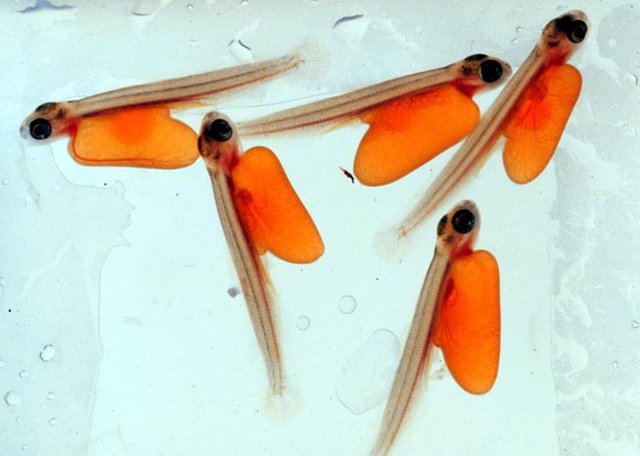
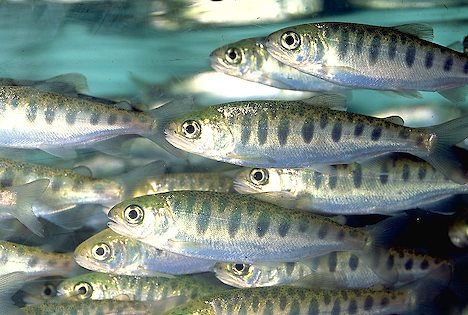
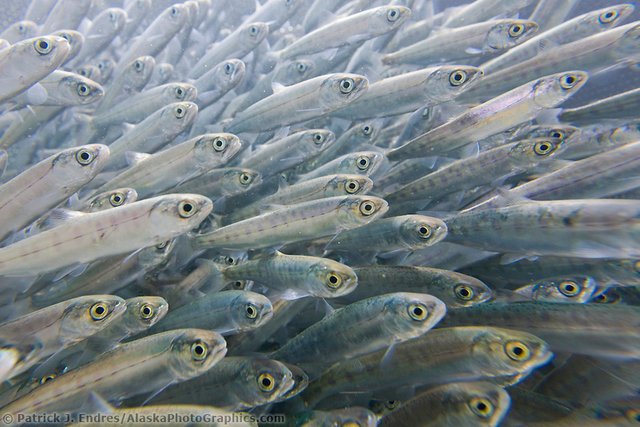
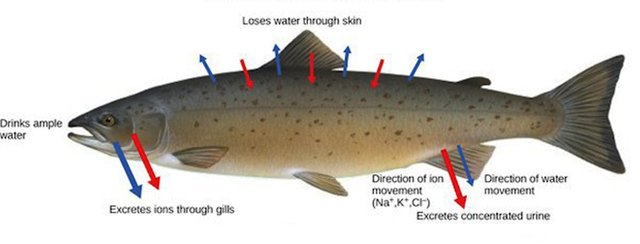

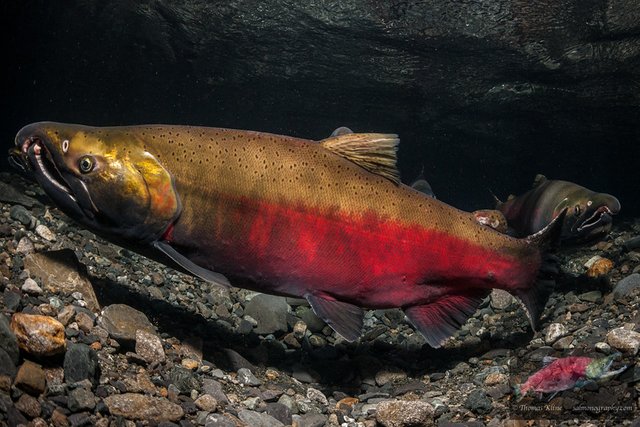
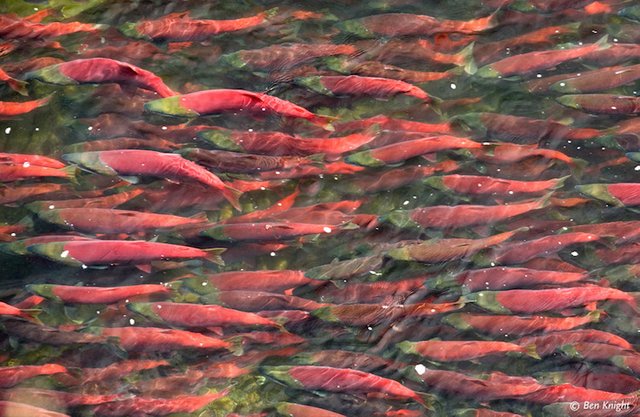
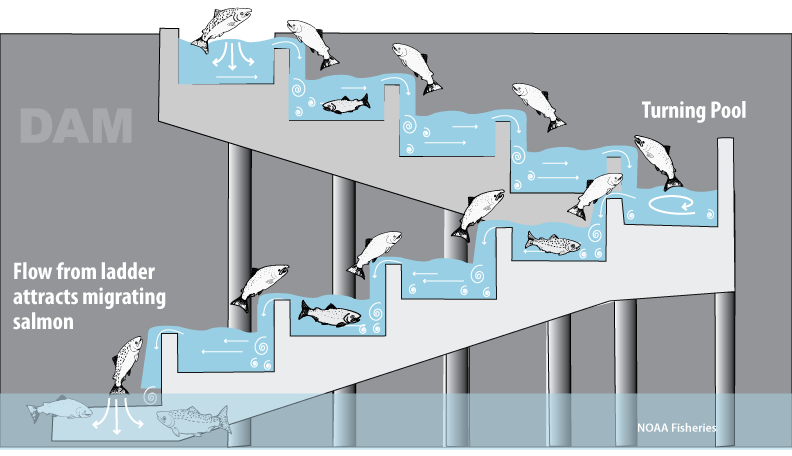
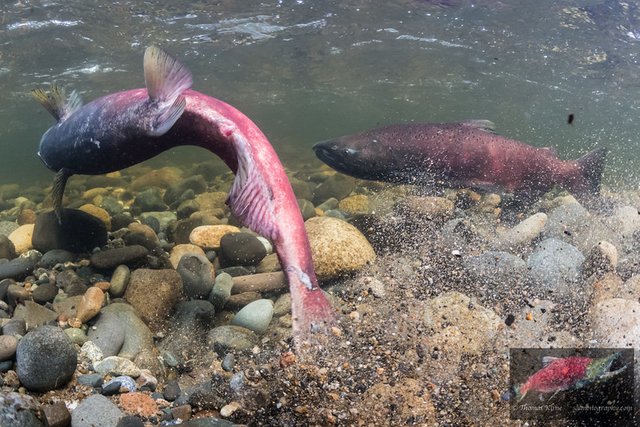
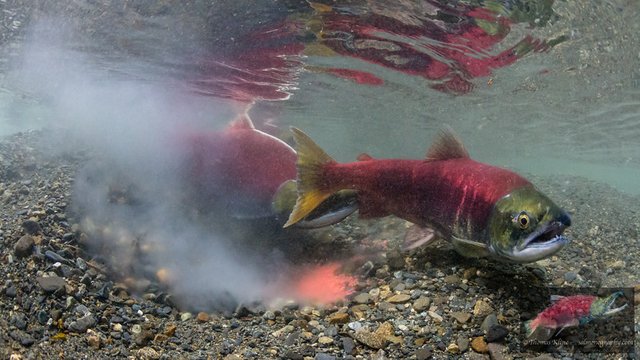

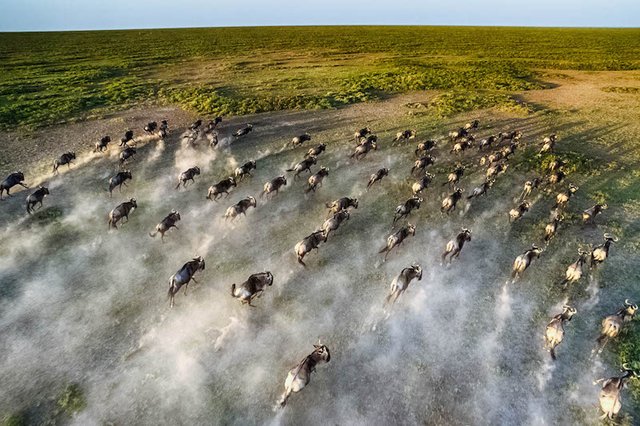
Enjoy the vote and reward!
Great post @amavi, I am fortunate enough to live in Beautiful British Columbia and have been in love with the rivers, Salmon and wild life here for a long time. The salmon life cycle is truly amazing to witness first hand. Such an incredible and misunderstand creature
great stuff @amavi ! I really admire salmons...they make a crazy effort to reproduce and to spawn for ending up dying... such a sad story!
if you like animals, check my post about the water bear, one of the most rare and amazings animals on earth. You will definitely love it! :)
https://steemit.com/spanish/@albertoyago/conoces-al-oso-de-agua-10-curiosidades-sobre-el-animal-mas-raro-y-sorprendente-de-la-tierra-no-te-lo-pierdas
od evening my friend Your publication is really beautiful I wish you success I hope to interact together
Resteemed to over 7300 followers and 100% upvoted. Thank you for using my service!
Send 0.100 Steem or 0.100 Steem Dollar and the URL in the memo to use the bot.
Read here how the bot from Berlin works. News you will find under the hashtag #resteembotnews.
Please help us grow and use our link to trade #IOTA #BTC #ETH and a lot of more at one of the biggest exchanges. https://www.binance.com/?ref=10230705
@resteem.bot
that was a dope post. keep it up
@originalworks2
Grizzly Bears love Salmon and they catche them easily
I have watched few documentaries about salmon life cycle and none of them is as detailed as yours! Great job :)
I visited once a salmon pass in Gaspesie allowing to salmon to go back to the very top of a river for their reproduction. This was very interesting. However, I don't remember having read anything about the process of going down to the sea (before your post :) )
Amazing that you have seen this first hand! I hope to see it myself someday!
Yeah, it is sad that most don't make it back!